Sustainability Initiatives
Sustainability initiatives are becoming a pivotal driver in the Precision Tool Market. As environmental concerns gain prominence, manufacturers are increasingly adopting sustainable practices in their production processes. This includes the use of eco-friendly materials and energy-efficient manufacturing techniques. Recent surveys indicate that 60% of consumers prefer products that are environmentally friendly, prompting companies to align their offerings with these preferences. By integrating sustainability into their operations, manufacturers not only enhance their brand image but also tap into a growing market segment that values eco-conscious products. This trend is likely to shape the future landscape of the Precision Tool Market.
Technological Advancements
The Precision Tool Market is experiencing a surge in technological advancements that enhance manufacturing processes. Innovations such as computer numerical control (CNC) and automation are streamlining production, leading to increased efficiency and precision. According to recent data, the integration of advanced technologies has resulted in a 20% reduction in production time for precision tools. This trend not only improves product quality but also reduces operational costs, making it a compelling driver for market growth. As manufacturers adopt these technologies, the demand for high-precision tools is likely to rise, further propelling the Precision Tool Market.
Focus on Quality and Performance
In the Precision Tool Market, there is an increasing focus on quality and performance among manufacturers. As competition intensifies, companies are prioritizing the production of high-quality tools that offer superior performance and durability. Market data suggests that tools with enhanced performance features are witnessing a 15% increase in demand compared to standard options. This shift is driven by the need for tools that can withstand rigorous applications and deliver consistent results. Consequently, manufacturers are investing in research and development to innovate and improve their product offerings, thereby fueling growth in the Precision Tool Market.
Customization and Personalization Trends
The Precision Tool Market is witnessing a notable trend towards customization and personalization. As industries evolve, the demand for tools tailored to specific applications is on the rise. Recent market analysis reveals that customized precision tools can lead to a 30% increase in operational efficiency for end-users. This trend is particularly evident in sectors such as medical device manufacturing and electronics, where precision is paramount. Manufacturers are responding by offering bespoke solutions that cater to unique customer requirements, thereby enhancing customer satisfaction and loyalty. This shift towards customization is expected to drive growth in the Precision Tool Market.
Rising Demand in Aerospace and Automotive Sectors
The Precision Tool Market is significantly influenced by the rising demand in the aerospace and automotive sectors. These industries require high-precision tools for manufacturing components that meet stringent quality standards. Recent statistics indicate that the aerospace sector alone is projected to grow at a CAGR of 5% over the next five years, driving the need for advanced precision tools. As manufacturers strive to enhance performance and safety, the demand for specialized tools that can deliver exceptional accuracy is expected to increase. This trend underscores the critical role of precision tools in meeting the evolving needs of these high-stakes industries.


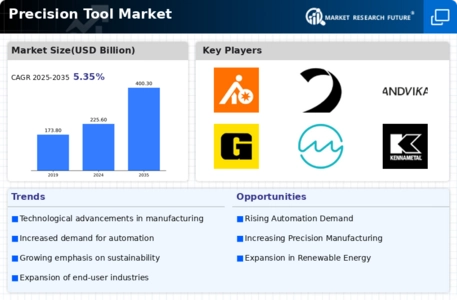
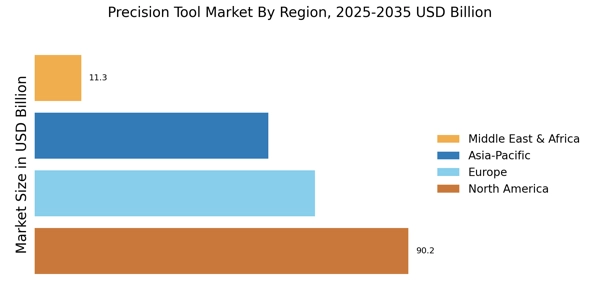
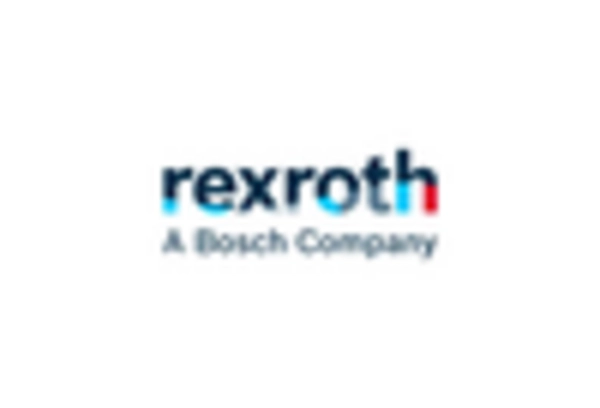

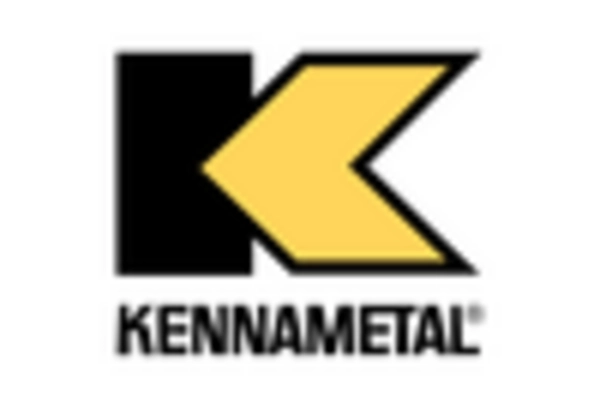
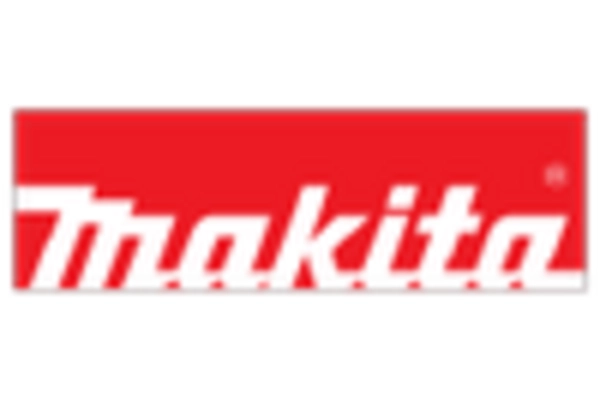
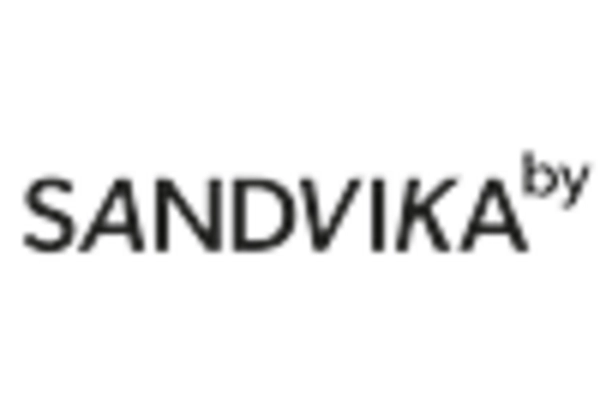









Leave a Comment